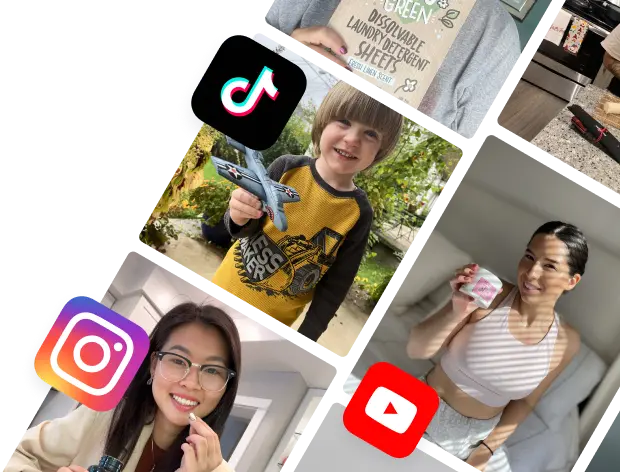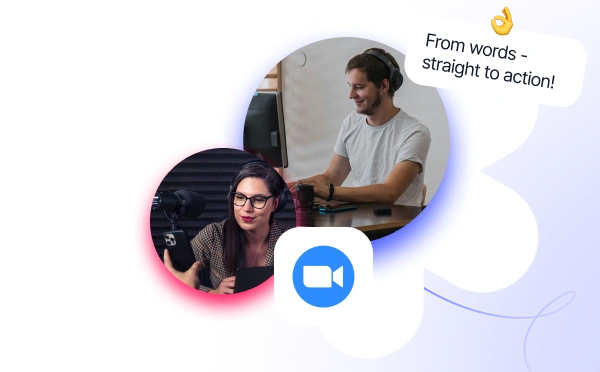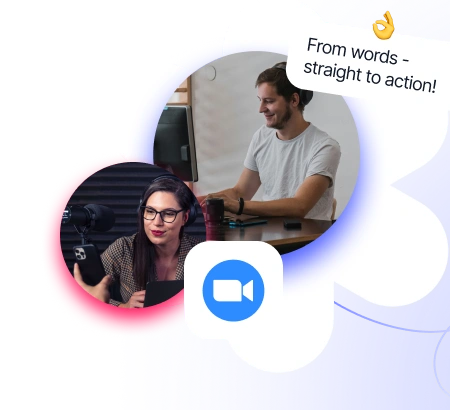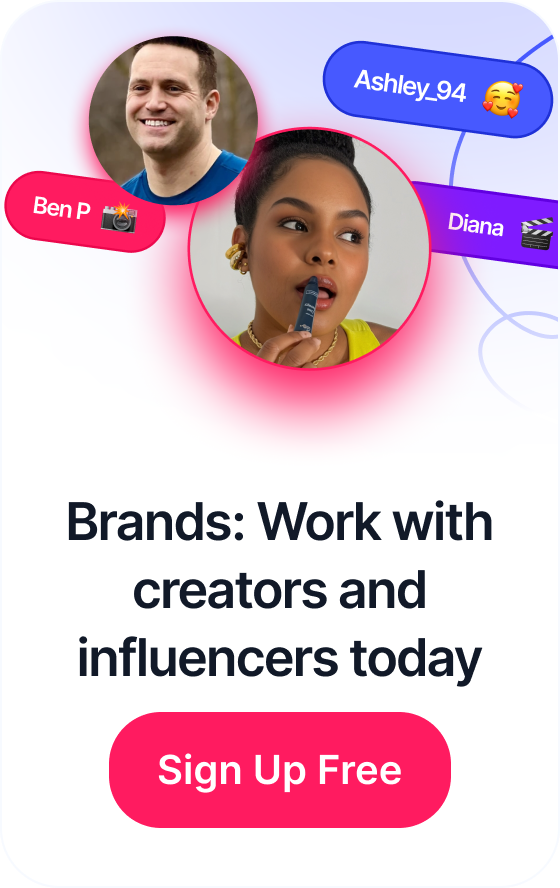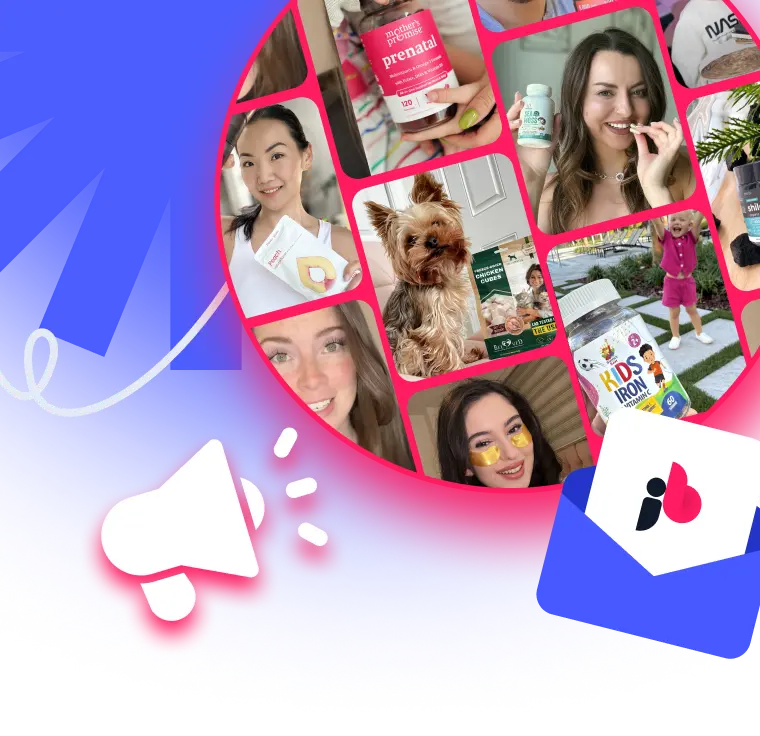 12 Best Influencer Marketing Tools for Growth in 2025
12 Best Influencer Marketing Tools for Growth in 2025
Ever heard the term social media whitelisting? In a nutshell, it's when a content creator hands a brand the advertising keys to their social media account. This little bit of magic allows brands to run ads directly through the creator's profile, making the ad feel less like a stuffy corporate broadcast and more like a trusted recommendation from a friend.
Table of Contents
What Is Social Media Whitelisting, Really?
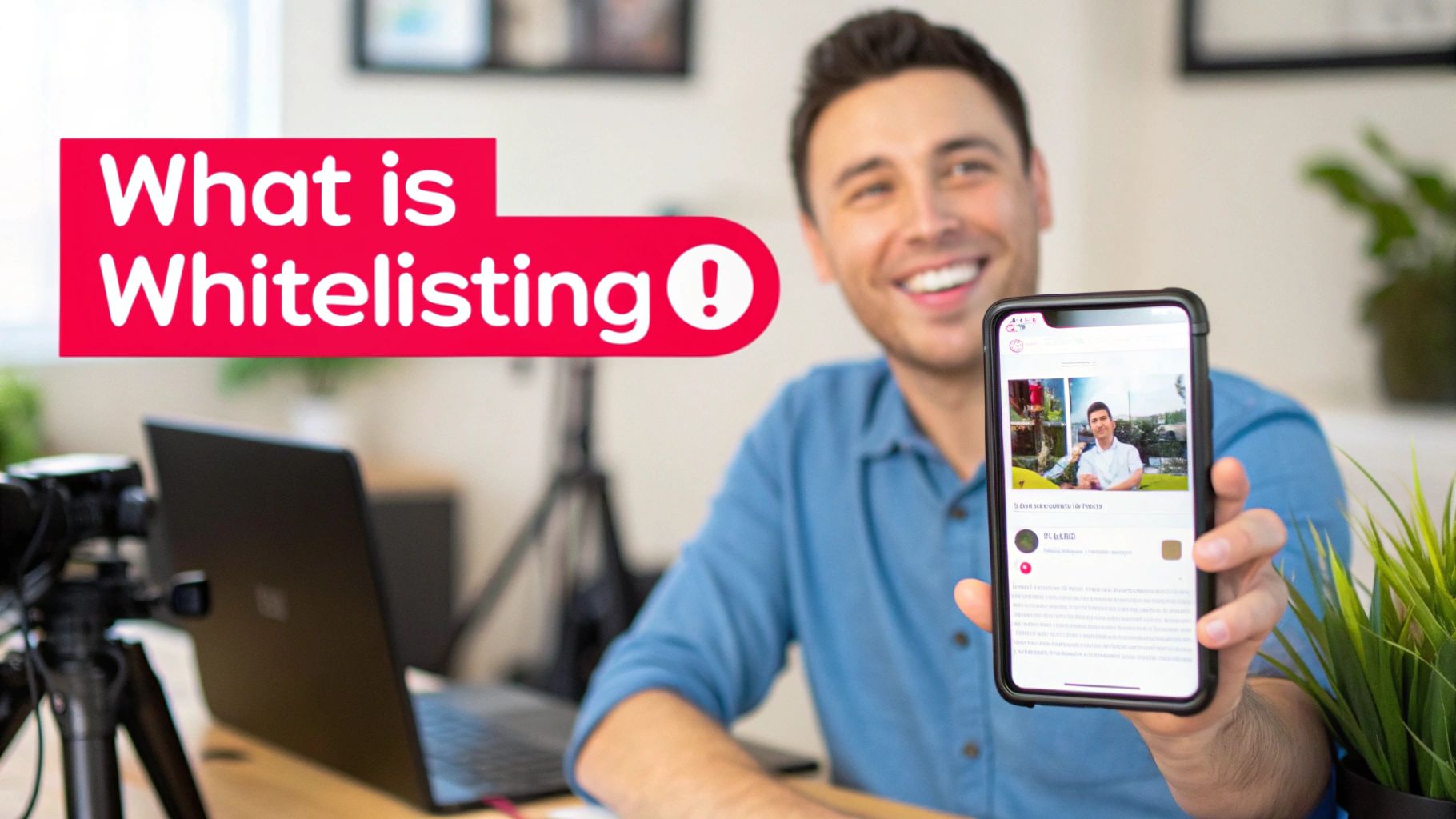
Think of it this way: instead of an ad showing up from the "Brand X" corporate page that everyone scrolls past, it pops into your feed from an influencer you already know, like, and trust. It's the same ad, but the delivery is completely different. This strategy, also known as creator licensing or influencer allowlisting, perfectly marries authentic, creator-driven content with the powerful engine of paid advertising.
This approach is all about transforming an influencer's high-performing organic posts into scalable, targeted ad campaigns. You get the creator's unique voice and credibility combined with the brand's sharp ad-targeting capabilities. It's a powerful one-two punch for modern marketing. This kind of partnership model is distinct but shares some DNA with other agency structures. If you're curious about similar operational setups, the concept of white label social media management for agencies offers a good parallel.
To get a quick overview, let's break down the core components.
Social Media Whitelisting At a Glance
| Concept | Description |
|---|---|
| The Permission | A creator grants a brand official advertising access to their social media handle. |
| The Content | Brands can either boost existing high-performing posts or create new "dark posts" for specific audiences. |
| The Delivery | Ads are served directly from the creator's profile, not the brand's page. |
| The Goal | To blend paid advertising with authentic content, increasing trust and engagement. |
| The Benefit | Higher ad performance, better audience targeting, and more authentic brand messaging. |
Essentially, whitelisting lets brands put their ad spend behind content that has already proven to be a winner.
The Core of Whitelisting
So, how does it actually work? The process is surprisingly straightforward. A creator provides advertising permissions, which allows the brand to either promote existing posts or roll out new "dark posts"—ads that only show up in the feeds of a highly targeted audience, not on the creator's public profile.
The end result is an ad experience that feels way more native and engaging. And the numbers back it up. We're consistently seeing whitelisted ads outperform traditional brand-run ads by 20–50% in both engagement and conversions. It’s a game-changer for getting real results from your influencer collaborations.
Why Whitelisting Is a Win for Brands and Creators
Let's be honest, traditional ads are losing their punch. Whitelisting isn't just some technical workaround; it's a strategic partnership that benefits everyone involved, turning regular influencer posts into powerhouse advertising assets. It unlocks a level of authenticity that a brand shouting from its own soapbox just can't match.
For brands, the biggest win is cutting through the noise and consumer "ad fatigue." When an ad shows up directly from a creator someone already knows and trusts, it feels less like a sales pitch and more like a solid recommendation from a friend. This instantly leverages the creator's hard-earned credibility.
And this trust isn't just a warm, fuzzy feeling. It delivers real results.
Boosting Performance and ROI
The numbers don't lie: whitelisted ads consistently outperform standard brand campaigns. With nearly 69% of consumers trusting influencer recommendations, it's clear where people are putting their faith. This trust translates directly into dollars and cents.
Whitelisted ads on platforms like Instagram and TikTok have been shown to pump up click-through rates (CTRs) by 20–40% and boost return on ad spend (RoAS) by 1.5–2 times. This boost happens because you're pairing a creator's genuine content with a brand's powerful ad-targeting tools, letting you reach hyper-specific audiences way beyond the creator's organic followers. For agencies and brands serious about optimizing their Facebook Ads workflow, folding whitelisting into the process is a no-brainer.
By using a creator's handle, brands can A/B test different ad variations, copy, and calls-to-action without disrupting the creator's feed, finding the perfect formula for maximum impact.
For creators, the upside is just as significant. Whitelisting opens up steady, new revenue streams that go far beyond one-off sponsored posts. As brands put serious ad spend behind their content, it also explodes their reach to thousands of potential new followers. This paves the way for deeper, more strategic brand partnerships, cementing their role as invaluable collaborators in the marketing world. If you want to get into the nuts and bolts of building these relationships, our guide on how to collaborate with influencers effectively is a great place to start.
How The Whitelisting Process Actually Works
So, how does this all come together in the real world? It's less complicated than you might think. Whitelisting is really just a methodical partnership between a creator and a brand, built on clear communication and using the right tools on the platform.
It all starts with hashing out a solid partnership. This first step is critical—it’s where you negotiate terms, define exactly how content can be used, and agree on compensation. Once the legal stuff is buttoned up, you can move on to the tech side of things.
The Technical Handshake and Campaign Build
This is where the magic really happens—what I call the "technical handshake." The creator grants the brand advertising permissions directly through the platform's native tools, like Meta Business Suite or TikTok Ads Manager. And no, this doesn't mean they're handing over their password. It's a secure, controlled way to give a brand access to run ads from their handle.

Here's a peek inside the Meta Business Suite. This is the command center where brands manage all their assets and permissions for whitelisting campaigns across both Facebook and Instagram.
Once the brand has access, they can get to work building the actual ad campaign. They can pick and choose from the creator's top-performing posts or use fresh content, dial in hyper-specific target audiences, and set the ad budget.
A quick operational checklist usually involves:
- Verifying Business Manager IDs
- Setting spending caps for the creator's content
- Mapping out where the ads will run (think Reels, Stories, in-feed, etc.)
Once the campaign goes live, the brand keeps a close eye on the metrics. This is all about learning from the data to optimize the ad creative, audiences, and budget to get the best bang for their buck.
On platforms like TikTok, the process is very similar and leans on features built specifically for this kind of collaboration. To get a better sense of how it works over there, check out our guide on what Spark Ads are and the role they play.
Whitelisting vs. Traditional Influencer Posts
To really get why whitelisting is such a game-changer, you have to see it side-by-side with a typical organic influencer post. They both start with awesome, creator-made content, but that's where the similarities end. After that, they live in totally different worlds when it comes to reach, control, and raw power.
https://www.youtube.com/embed/AC61RjUfFVE
Think of a standard sponsored post as a creator shouting from their own balcony. Sure, they'll reach their followers and maybe a few people passing by, but that's it. The brand just crosses its fingers and hopes the creator's existing audience is enough to move the needle. You're basically stuck with whatever basic numbers the creator sends over in a screenshot.
Whitelisting, on the other hand, takes that same authentic message and hooks it up to a massive megaphone and a GPS. The brand can turn that creator's post into a precision-targeted ad. Instead of just hitting their existing followers, you can now deliver that content straight to thousands of your ideal customers based on their location, what they love, and how they behave online. It's a whole different level of marketing firepower.
A Clear Comparison
When you combine a creator's authentic voice with the sophisticated ad tools of platforms like Meta and TikTok, the differences become night and day. Let's break it down.
Here’s a look at how social media whitelisting stacks up against a standard organic collaboration.
Whitelisting vs. Traditional Influencer Posts A Comparison
| Feature | Whitelisting | Traditional Influencer Post |
|---|---|---|
| Audience Targeting | Hyper-targeted; brands can reach custom and lookalike audiences far beyond the creator's followers. | Limited to the creator's organic followers and algorithm-based reach. |
| Performance Tracking | In-depth analytics via the ad platform (Meta, TikTok) for precise ROI and CPA measurement. | Relies on basic metrics from the creator (likes, comments, screenshot analytics). |
| Content Scalability | Infinitely scalable; brands can inject ad spend to reach as many people as needed. | Not scalable; reach is capped by the creator's follower count and the platform's algorithm. |
| Control and Optimization | Full control to A/B test ad copy, CTAs, and audiences to maximize performance. | No control after the post goes live; unable to optimize or make adjustments. |
As you can see, whitelisting offers a massive advantage in every critical area, transforming a one-off post into a long-term, data-driven asset.
The fundamental difference is this: traditional influencer marketing borrows an audience, while whitelisting allows you to build and target new audiences using a creator's trusted voice. This shifts the strategy from a one-off post into a scalable, data-driven advertising asset.
Putting a Winning Whitelisting Strategy into Action
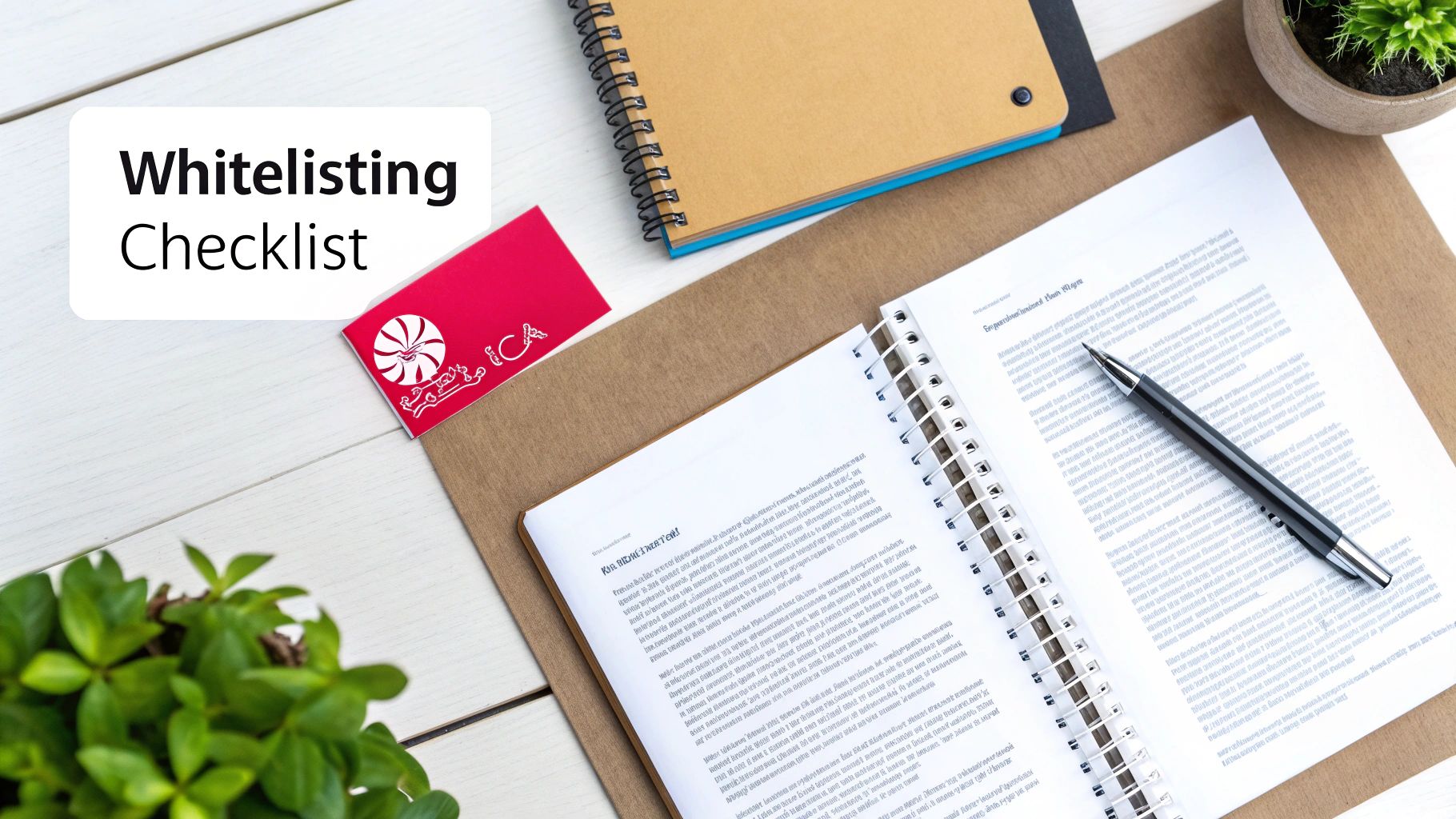
Running a whitelisting campaign is one thing; making sure it actually moves the needle is another game entirely. If you want real results, you need a plan. Getting these practices right from the start not only stretches your budget further but also helps you build solid creator relationships that can benefit your brand for years to come.
It all begins with picking the right creator. Don't get distracted by huge follower counts. Instead, zero in on creators whose audience and personal vibe are a natural fit for your brand. That genuine connection is what makes the content click with people and feel less like an ad.
Once you’ve found your perfect match, it's time to get everything down in writing. A rock-solid, crystal-clear agreement isn't just a nice-to-have—it's essential.
Get It in Writing: Clear Expectations and Legal Guardrails
A good contract protects everyone involved and stops headaches before they start. Think of it as your partnership’s rulebook, making sure you and the creator are on the same page from day one.
Your agreement needs to cover a few key things:
- Usage Rights: Be specific about where and how long you can use the creator's content. Are we talking TikTok ads? Instagram stories? For a month? A year? Spell it all out.
- Compensation: Clearly detail the payment terms. Is it a flat fee, a performance bonus, or some combination? Make sure to include when and how they'll be paid.
- Ad Disclosure: Your creator must follow all advertising rules. This means including clear disclosures like #ad or using the platform's built-in branded content tools. It’s non-negotiable for building trust and staying out of legal hot water.
A great whitelisting partnership is built on mutual respect. Being transparent about expectations and offering fair pay aren't just "best practices"—they're the foundation of a healthy collaboration that helps both the brand and the creator win.
But the work doesn't stop once the contract is signed. Keeping the lines of communication open is just as critical. Keep your creator in the loop on how the campaign is doing, share what you’re learning, and treat them like a real strategic partner, not just a hired gun. This builds goodwill and makes them excited to work with you again.
Don't forget to A/B test different posts and audiences, too. This is how you find out what really connects with your customers and make every ad dollar count.
Common Questions About Social Media Whitelisting
Even when you've got the basics down, a few practical questions always pop up. Let's tackle the most common ones that brands and creators run into, so you can move forward feeling confident.
How Are Whitelisting Campaigns Priced?
There’s no one-size-fits-all price tag here. Compensation really depends on the campaign goals and the nature of the partnership.
Most deals fall into one of these buckets:
- Flat Fees: This is the simplest approach. You pay a straightforward, one-time fee for the right to use the creator's content for a specific period. It's clean and predictable for everyone involved.
- Performance-Based Models: Here, the creator’s pay is tied directly to the ad's results. Think cost-per-click (CPC) or a cut of the sales generated from their content. It’s a great way to align incentives.
- Monthly Retainers: If you’re planning a long-term, ongoing collaboration, a monthly retainer makes sense. It keeps the partnership smooth and ensures you have consistent access to fresh content.
The right model really comes down to what you want to achieve, the creator's audience size, and how deep the partnership goes.
Which Social Media Platforms Are Best?
While you can technically whitelist on several platforms, a couple of heavyweights consistently deliver the best results. First up is Meta (Facebook and Instagram). Their ad platform's targeting capabilities are incredibly granular, making it a powerhouse for zeroing in on niche audiences.
Then you have TikTok. Its algorithm is second to none, and its native ad formats like Spark Ads are brilliant. They blend right into a user's feed, which helps drive seriously high engagement. If you're just starting with whitelisting, these two platforms are your best bet.
Who Owns the Whitelisted Content?
This is a big one, and the answer is always in the contract. Legally, the creator always owns the original content they produced. Plain and simple.
However, the whitelisting agreement is where the brand is granted specific usage rights. This means you get permission to use their content in your ads for an agreed-upon amount of time.
It is absolutely essential to spell these terms out clearly in your agreement. Getting this right from the start prevents headaches and disputes down the road. You also need to make sure everything is above board with advertising standards. To stay compliant, it's a smart move to understand the FTC guidelines for influencers so all your partnerships remain transparent.
Ready to connect with over 250,000 creators and launch your next high-impact campaign? With JoinBrands, you can find the perfect influencers, manage collaborations, and scale your social presence all in one place. Get started with JoinBrands today and see how easy creator marketing can be.

